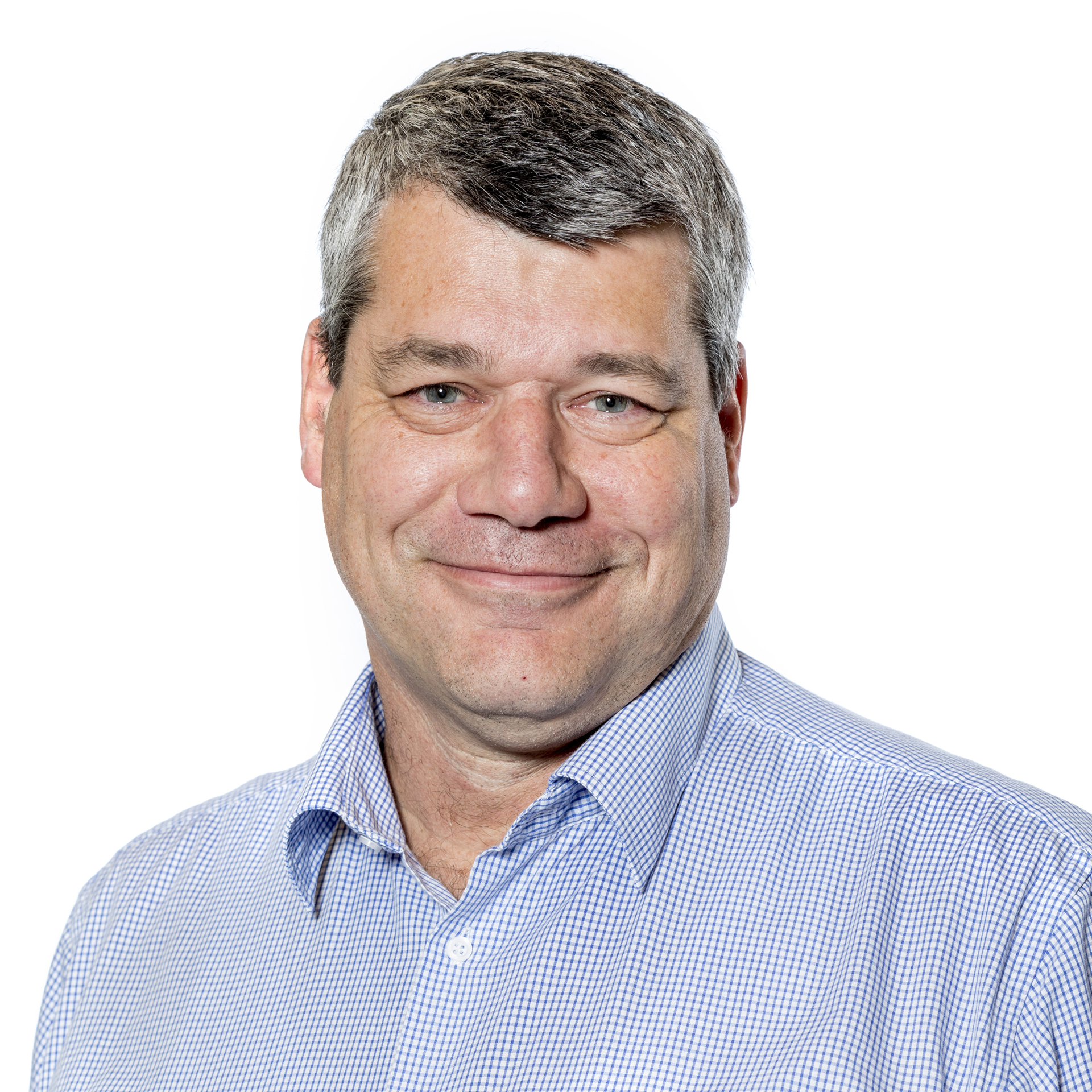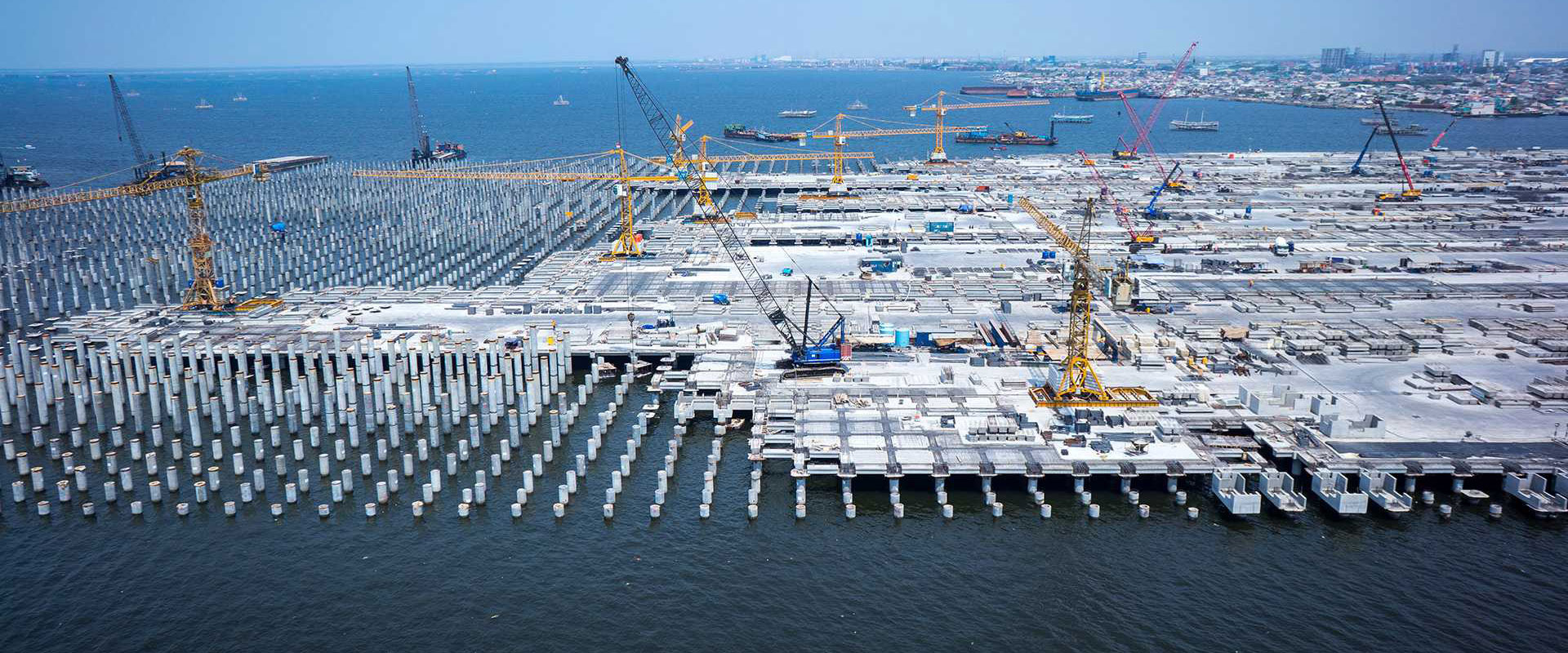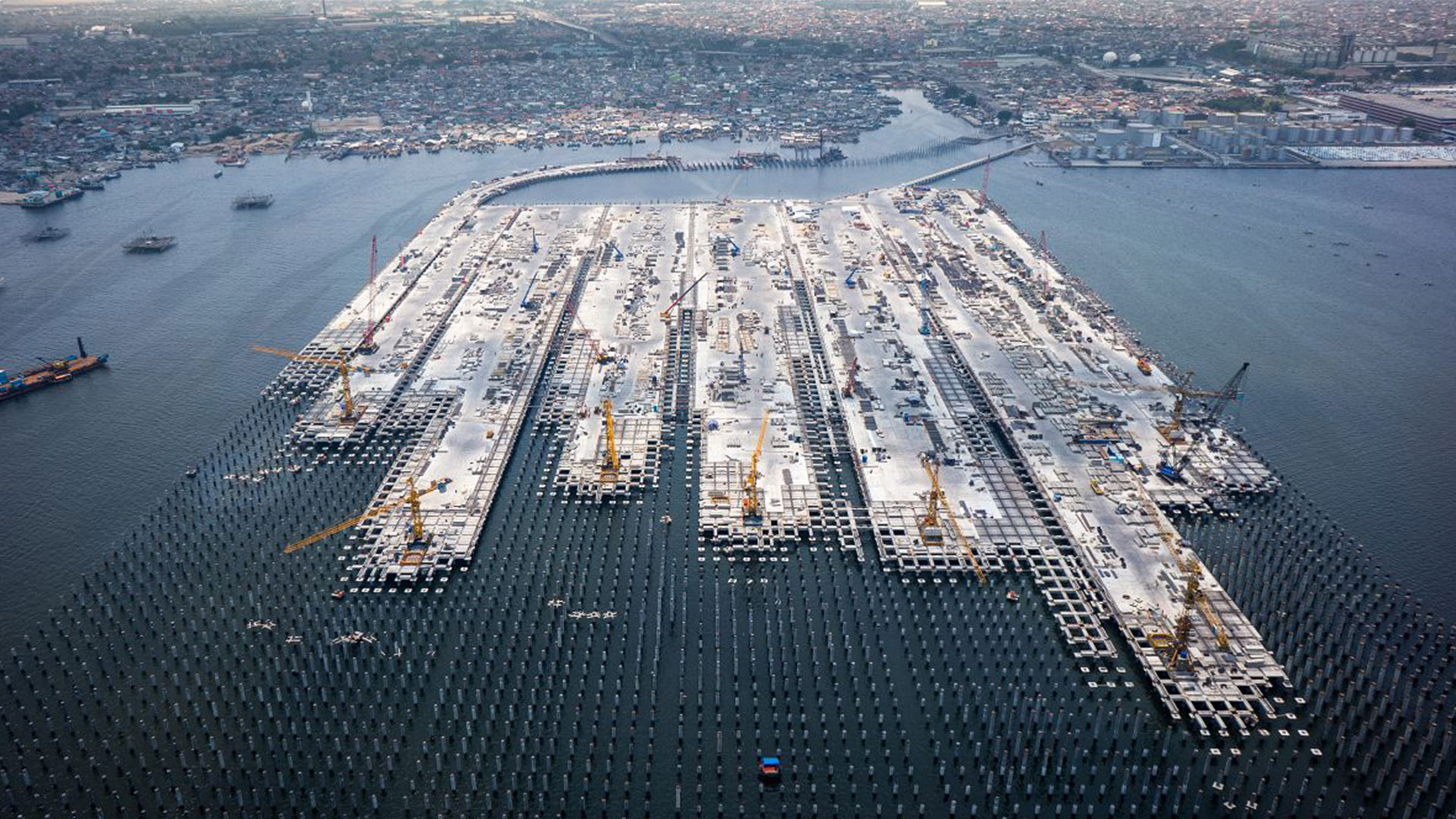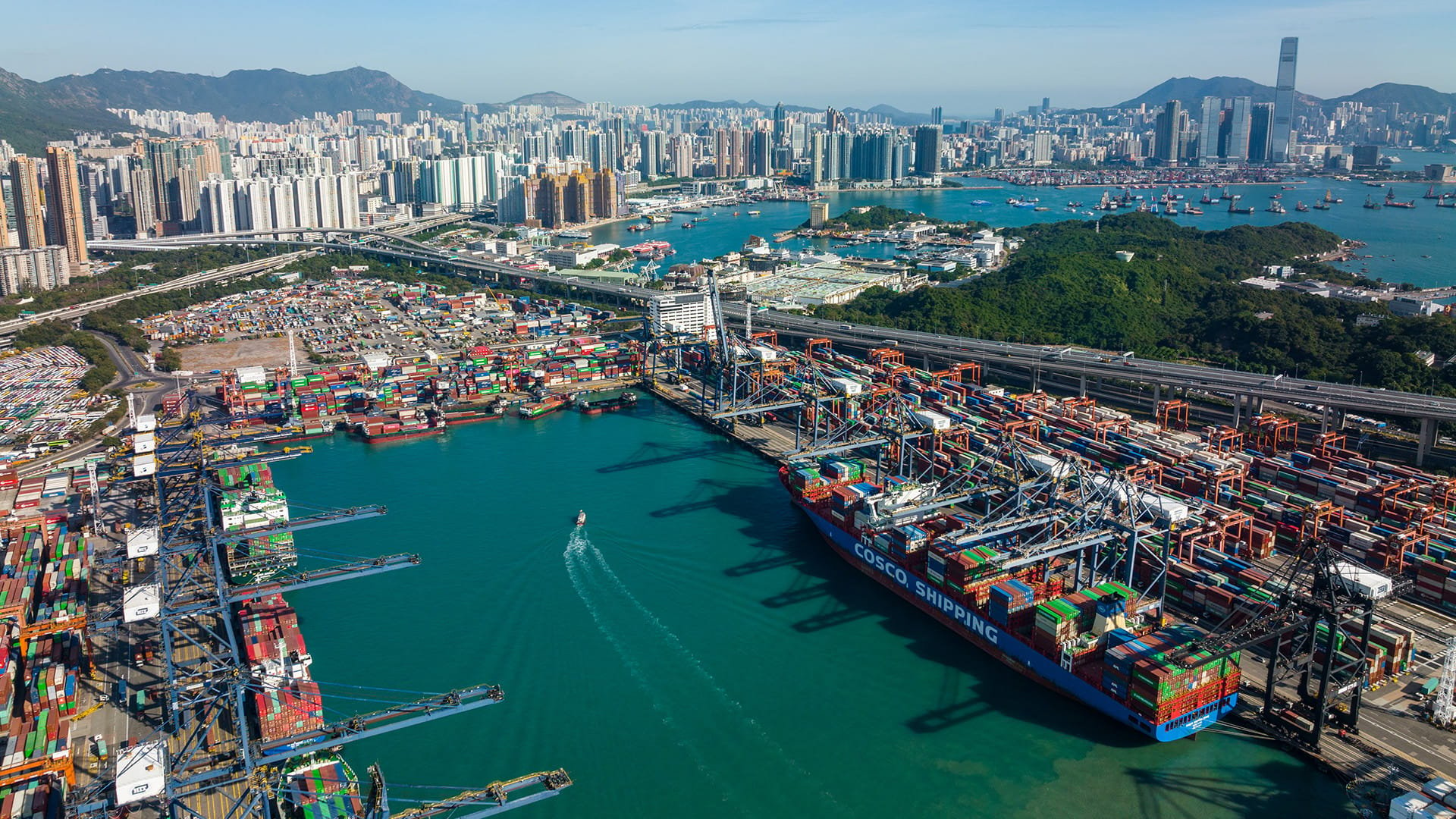Designing the world’s first energy island
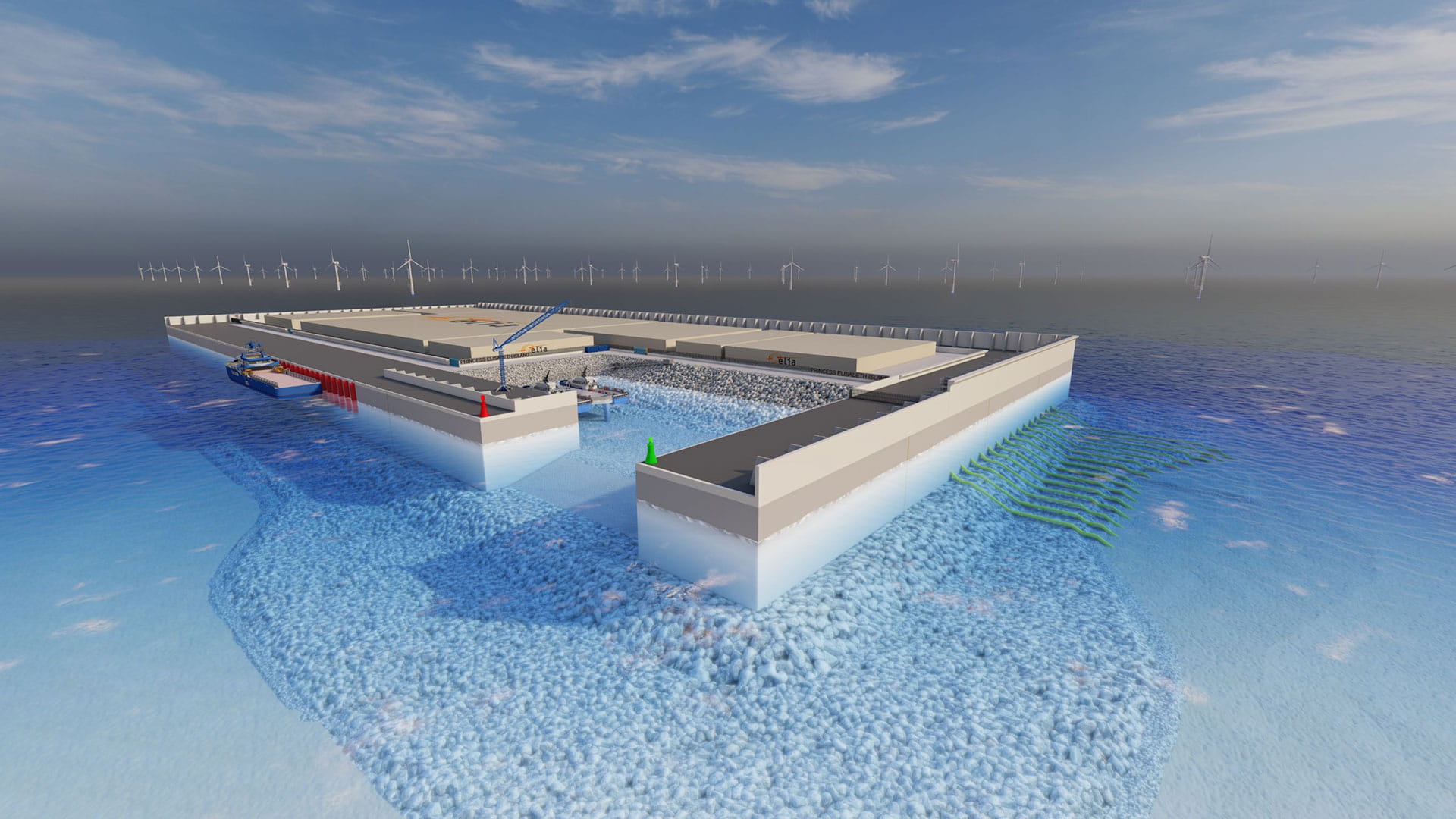
Project facts
- ClientTM Edison
- LocationThe North Sea (Belgium)
- Date2022 - 2023
- ChallengeSupport TM Edison in its tender to design and build the world’s first energy island that’s resilient to climate hazards
- SolutionA winning tender and ongoing support for design of Princess Elisabeth Island
Offshore wind farms are a great source of renewable energy – and help accelerate the energy transition of Belgium – but they need to be connected to the mainland electricity grid. For the Belgian part of the North Sea, that’s what Elia with the Modular Offshore Grid 2 (MOG2) is aiming to accomplish.
As part of Elia's project, TM Edison, a joint venture of DEME and Jan De Nul, will design and build the Princess Elisabeth Island – a world first. It will create connections between wind farms, the mainland grid, and neighbouring countries. At Royal HaskoningDHV, we’re delighted to prepare a detailed design, ready for construction.
The challenge: designing a first-of-its-kind energy island
Designing the Princess Elisabeth Island isn’t a simple task. As well as pressure from the project being the first of its kind, the North Sea environment throws up challenges of its own.
The electrical infrastructure must be protected from high waves, wind, rain, and flooding, and the project needs to adhere to tight timelines. Construction is expected to be complete by 2026 with the energy island planned to be operational by 2030.
The solution: collaboration for a winning design
We used our expertise to help review the technical aspects of the available reference design with Belgian partner, SBE, including creating several design iterations to optimise the island’s configuration, caisson geometrics, and wave walls to protect the island.
We also worked closely with TM Edison’s construction and project management teams to reduce the amount of materials needed and make the island easier to build.
We’re thrilled to design this first-of-its-kind energy island, and bring even more renewable energy to the grid, accelerating the European energy transition.
The result: an innovative energy island protected for the future
Our review and subsequent recommendations and optimisations of the reference design – strongly supported TM Edison’s winning bid for the Engineering, Procurement, Construction and Installation (EPCI) scope of the Princess Elisabeth Energy Island.
Over the coming year, we will work with TM Edison to prepare the detailed design for Princess Elisabeth Island. Building on our experience – and the basis for the design produced during the tender process – we will refine the design ready for construction to start.
